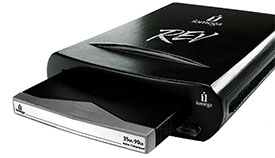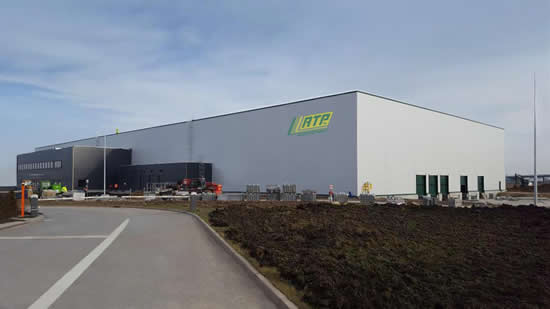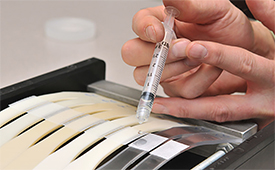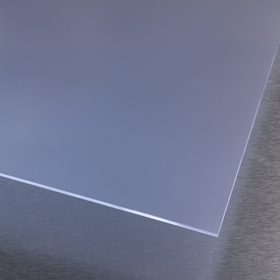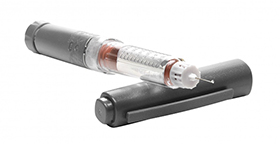RTP Company announces that it has developed a line of conductive compounds for applications that must meet the strict requirements outlined in both the ATEX Directive (94/9/EC) and the EN 50014. To be compliant, plastic parts in equipment and protective systems which may be used in areas endangered by potentially explosive atmospheres must meet demanding requirements pertaining to isolation resistance, UV stability, temperature resistance, impact properties, chemical resistance, and flammability.
“Because we work with all thermoplastic base resins at RTP Company, we are able to select the ones that ideally suit the application and meet the requirements,” said Anne Hippert, Technology Coordinator for RTP Company in Europe. “An example of how we help our customers with ATEX certification is in measuring isolation resistance where we have established a specific procedure.”
RTP Company has extensive experience with conductive modifiers, thermoplastic resins and additives. This breadth of expertise allows the company to offer a wide range of products for ATEX compliant applications. These products include: carbon fiber compounds, carbon nanotube compounds, inherently conductive polymer compounds, carbon black filled compounds, and permanently antistatic compounds.
 “RTP Company also has transparent grades for window applications and fully colorable compounds which can help identify the products as ATEX compliant,” said Hippert. “We can combine several properties such as conductivity, reinforcement, and wear resistance and even offer extrudable grades.”
“RTP Company also has transparent grades for window applications and fully colorable compounds which can help identify the products as ATEX compliant,” said Hippert. “We can combine several properties such as conductivity, reinforcement, and wear resistance and even offer extrudable grades.”
Recently, RTP Company formulated a compound for an ATEX compliant personal dust monitor used in coal mines to prevent black lung for air quality measurement firm Rupprecht & Patashnick (R&P). The custom compound, RTP 2500 Series permanently antistatic polycarbonate/ABS alloy, incorporated PermaStat® technology. “Material selection was instrumental to passing the tests,” said Dan Dunham, R&P Development Engineer. “During a critical development phase, RTP Company was very responsive in formulating appropriate candidate materials that were static dissipative and robust enough for the application.”
RTP Company also formulated an RTP 100 Series static dissipative polypropylene compound for a Koehler-Bright Star flashlight used at hazardous sites that had to comply with the ATEX directive. “Formulating an ideal compound was a balancing act,” commented John Devaney, Mechanical Engineer at Koehler Bright-Star. “If the material was too conductive, it would drain the battery. And, if not conductive enough, it would not meet the ATEX directive for dissipating static charges, thus potentially becoming a source of ignition,” said Devaney. “RTP Company reacted quickly and developed their formulation to provide the right compound for our application.”


